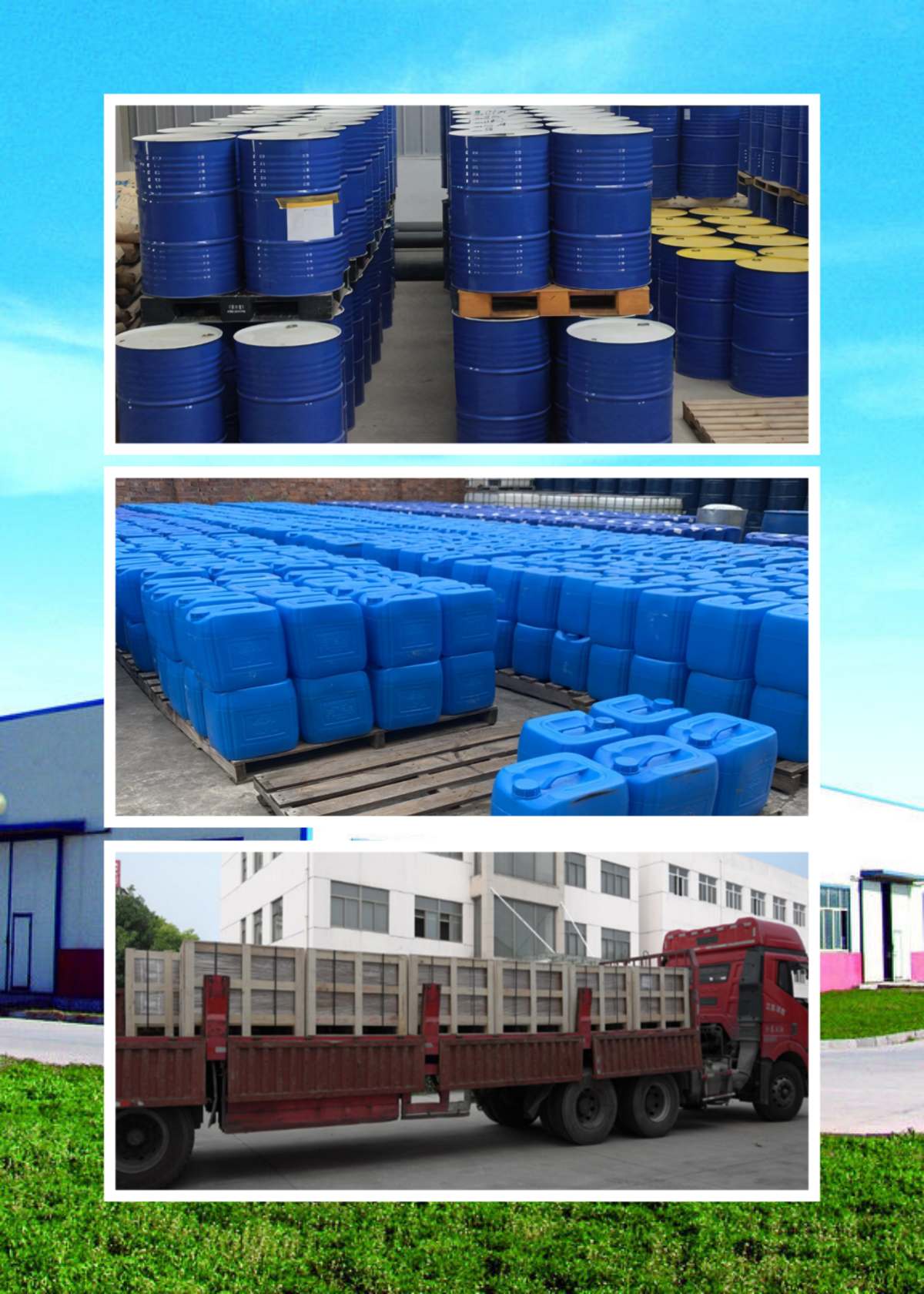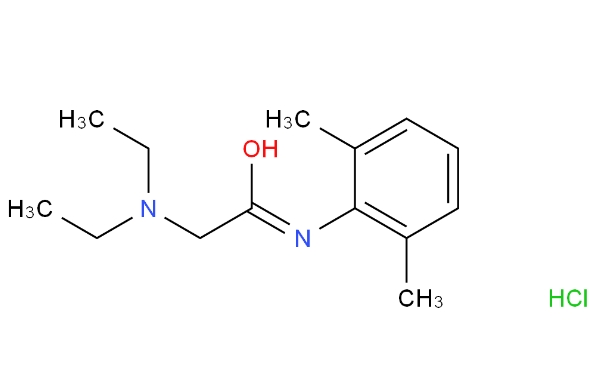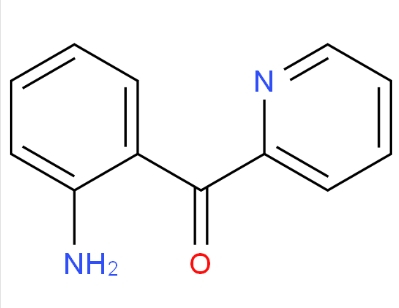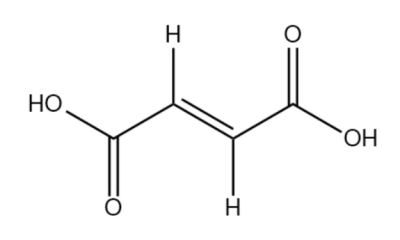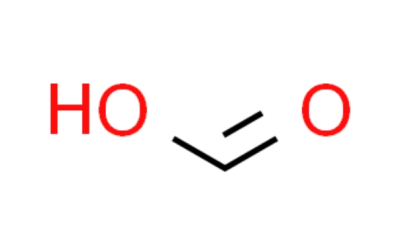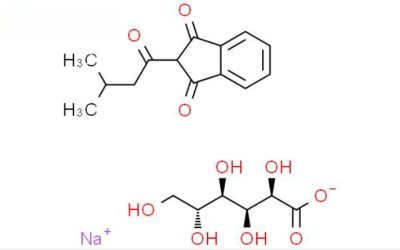كاس 73-78-9
نقطة الانصهار: 80-82 درجة مئوية
نقطة الغليان: 350.8 درجة مئوية عند 760 درجة
ملم زئبق نقطة الوميض: 166 درجة مئوية PSA: 32.34000
سجل ف: 3.45870
المظهر: مسحوق بلوري أبيض الخواص الكيميائية: ليدوكائين هيدروكلوريد هو بلورة بيضاء وعديمة الرائحة ذات طعم مرير ومخدر. وهو قابل للذوبان بسهولة في الماء والإيثانول والمذيبات العضوية، ولكنه غير قابل للذوبان في الأثير. المحلول المائي في حالة الأحماض والقلويات لا يتحلل، ونادرًا ما يفسد الأوتوكلاف المتكرر.
اللون: مسحوق الخصائص الفيزيائية:
نقطة الانصهار: 80-82 درجة مئوية
الذوبان: يذوب في الماء.
يذوب بسهولة في المذيبات العضوية.
الخصائص الطيفية: MASS: 1594 (قاعدة بيانات أطياف الكتلة للمكتب الوطني للمعايير EPA-NIH، NSRDS-NBS-63)
القمم الطيفية للكتلة المكثفة: 58 م/ض، 72 م/ض، 86 م/ض، 234 م/ض
درجة حرارة التخزين: مبردة
Pharmacology and toxicology
When the plasma awareness exceeds 5 μg·mL-1, convulsions can occur, and at low doses, it can promote the outflow of K+ in myocardial cells, minimize the auto-discipline of the myocardium, and have anti-ventricular arrhythmic effect; At therapeutic doses, there is no full-size impact on the electrical endeavor of cardiomyocytes, atrioventricular conduction and contraction of myocardium; Further enlarge in blood awareness can reason slowing of cardiac conduction velocity, atrioventricular block, inhibition of myocardial contractility and limit of cardiac output.
Pharmacokinetics
After injection, the tissue distribution is speedy and widespread, and it can penetrate the blood-brain barrier and placenta. The product has high anesthesia intensity, quickly onset and sturdy diffusion power, and it takes about two hours for the drug to be eradicated from the neighborhood area, and the addition of epinephrine can lengthen its motion time. Most of them are first degraded by using liver microgranase into the deethyl intermediate metabolite monoethylglycinamide xylene that nevertheless has nearby anesthetic effect, the toxicity is increased, and then hydrolyzed by way of amidase, excreted in urine, about 10% of the dosage is excreted in the authentic form, and a small quantity seems in bile.
Indications
The product is a nearby anesthetic and antiarrhythmic drug. It is in most cases used for infiltration anesthesia, epidural anesthesia, floor anesthesia (including mucosal anesthesia in thoracoscopy or belly surgery) and nerve block. The product can be used for ventricular untimely beats and ventricular tachycardia after acute myocardial infarction, and can additionally be used for digitalis poisoning, cardiac surgical operation and ventricular arrhythmias induced by using cardiac catheterization, and the product is commonly ineffective for supraventricular arrhythmias.
Usage and dosage
For anesthesia
1. Commonly used quantity for adults
(1) Surface anesthesia: 2%-4% answer does no longer exceed 100mg at a time. The quantity of injection administration need to now not exceed 4.5 mg/kg (without epinephrine) or 7 mg/kg per 7 mg/kg (with 1:200,000 awareness of epinephrine).
(2) Sacral block for labor analgesia: with 1.0% solution, restricted to 200mg.
(3) Epidural block: 1.5%-2.0% answer for the thoracolumbar segment, 250-300mg.
(4) Infiltration anesthesia or intravenous place blockade: with 0.25%-0.5% solution, 50-300mg.
(5) Peripheral nerve block: brachial plexus (unilateral) with 1.5% solution, 250-300mg; 2% answer for dentistry, 20-100 mg; Intercostal nerve (each branch) with 1% solution, 30mg, 300mg as the limit; 0.5%-1.0% answer for paracervical infiltration, 100mg on the left and proper sides; Paravertebral spinal nerve block (per branch) with 1.0% solution, 30-50mg, 300mg as the limit; Pubic nerve with 0.5%-1.0% solution, 100mg on the left and proper sides.
(6) Sympathetic ganglion block: cervical stellate nerve with 1.0% solution, 50mg; Waist anesthesia with 1.0% solution, 50-100mg.
(7) One time limit, 200mg (4mg/kg) besides adrenal glands, 300-350mg (6mg/kg) with epinephrine; Intravenous vicinity blockade, most quantity 4mg/kg; Intravenous injection for treatment, the first preliminary dose of 1-2mg/kg, the most quantity of 4mg/kg, person intravenous drip is constrained to 1mg per minute; Repeated a couple of administrations with an interval of no longer much less than 45-60 minutes.
2. Commonly used quantity for children
Depending on the individual, the whole quantity of one administration have to now not exceed 4.0-4.5mg/kg, 0.25%-0.5% answer is oftentimes used, and 1.0% answer is used in distinct circumstances.
Antiarrhythmic
1. Commonly used amount
(1) Intravenous injection: 1-1.5mg/kg physique weight (generally 50-100mg) for the first load intravenous injection for 2-3 minutes, if necessary, repeat intravenous injection 1-2 instances after each 5 minutes, however the whole quantity inside 1 hour shall now not exceed 300mg.
(2) Intravenous drip: normally 5% glucose injection is organized into 1~4mg/mL drug infusion or administered with an infusion pump, and after the load, it can proceed to be maintained intravenously at a price of 1~4mg per minute, or intravenous drip at a price of 0.015~0.03mg/kg physique weight per minute. The elderly, coronary heart failure, cardiogenic shock, diminished liver blood flow, liver or kidney dysfunction must limit the dosage, to 0.5~1mg per minute intravenous drip. It can be intravenously instilled with 0.1% answer of the product, now not exceeding 100mg per hour.
2. Extreme quantity
The most load inside 1 hour of intravenous administration is 4.5 mg/kg physique weight (or 300 mg). The most protection quantity is four mg per minute.